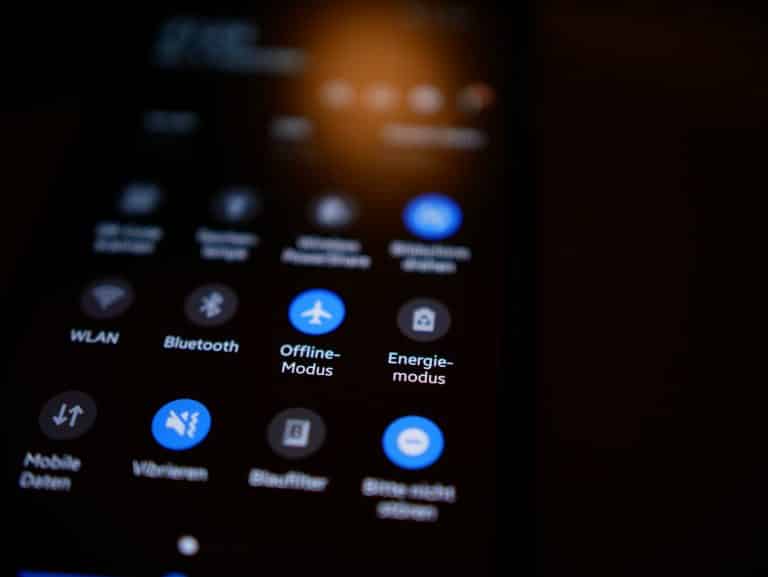When someone hacks into a Bluetooth-enabled device, he or she can send unwanted messages (usually flirty, but they can potentially be malicious) to that device. The procedure also referred to as “bluehacking,” begins with a search for nearby Bluetooth-capable devices.
Doorbell ditching, in which a person rings a person’s doorbell and then leaves before the homeowner can answer it, is similar to bluejacking.
The First Case of “Bluejacking”
Between 2001 and 2003, the first case of bluejacking was documented. While waiting in line at a bank, “Ajack,” a Malaysian IT consultant, sent a message to a Nokia phone user on his Ericsson phone out of boredom.
People were encouraged to try bluejacking by the initial bluejackers who posted remarks in internet forums, encouraging others to do so as well. Manufacturers of Bluetooth-enabled devices regarded this as an opportunity, not a threat.
How does bluejacking work?
Bluejackers tend to congregate in densely populated regions. Many others with Bluetooth-enabled gadgets are expected to be in the area, so they should have no problem finding them. Public transportation hubs including bus and train stations and airports are only a few examples.
After that, they go about looking for others to send private messages to in order to gather more information on the victims. In the beginning, the bluejacker sends a business card to a person within ten meters of the target device to gain access. The hacker can then send a message to the recipient if the recipient accepts it.
Pranks like bluejacking have given rise to a tech subculture and online communities like BluejackQ. Here, people can discuss bluejacking and learn from one another’s mistakes and triumphs. Some bluejackers, it turns out, adhere to a code of ethics. They don’t, for example, send communications that are threatening, nasty, or racist. After posting two letters and receiving no response, the bluejackers must quit mocking their victims.
Contrary to popular belief, bluejacking does not have the ability to alter or remove data from a target device. Bluejackers can only bother their prey to a point. Also, keep in mind that bluejacking is not the same as bluesnarfing, the act of hacking Bluetooth-enabled smartphones and tablets for personal use.
How to Prevent Being a Victim of a Bluejacking
If you’re concerned about bluejacking, the greatest defense is to disable Bluetooth on your smartphone when not in use. When you’re in a public location, it’s very important to do this. Also, if you plan on using your device’s Bluetooth capabilities, make sure it isn’t discoverable to other devices. This way, you won’t have to worry about being a victim of cybercrime.
Bluejacking may be a joke, but it’s still important to keep your device and personal information safe at all times. You should follow the more ethical pranksters’ example if you decide to give it a shot.

